Disclosure: This article contains affiliate links. We may earn a commission from purchases at no extra cost to you, which helps our travel content.
Let's cut straight to the chase — Caracas isn't your typical business destination. The Venezuelan capital packs a punch with its dramatic mountain backdrop, vibrant cultural scene, and some seriously underrated retail opportunities. But let's be real: this city also comes with a reputation that makes transportation logistics more complex than scoring front-row seats at Fashion Week. As someone who's navigated fashion districts from Tokyo to Milan, I can tell you that my recent winter sourcing trip to Caracas required a completely different playbook. Between the currency situation, safety considerations, and transportation quirks, getting around this fascinating yet challenging metropolis demands strategic planning that goes beyond what your standard travel apps might suggest. Whether you're scouting local textiles, attending business meetings, or connecting with manufacturers, I'm breaking down exactly how to move through Caracas safely, efficiently, and without blowing your budget.
Understanding Caracas Before You Arrive
Before we dive into specific transportation modes, let's get contextual. Caracas stretches along a narrow mountain valley with distinct zones ranging from upscale business districts to areas where tourists simply shouldn't wander. The city operates on a completely different rhythm than what most business travelers are accustomed to.
During my winter visit last February, I discovered that Caracas experiences what locals call perpetual spring — daytime temperatures hovering around 75-85°F (24-29°C) with cooler evenings. This climate factor affects how and when you'll want to move around the city. Early mornings and evenings are ideal for necessary travel, while midday heat might have you seeking air-conditioned transportation options.
The currency situation requires advance planning. Venezuela operates primarily on bolívares, but the hyperinflation situation means U.S. dollars are widely accepted and often preferred. I recommend bringing crisp, newer-series $20 bills and keeping them securely hidden in a money belt worn under your clothing. This slim profile option saved me multiple times when I needed to pay for transportation without exposing a wallet.
Most critically, understand that Caracas requires heightened situational awareness. The metropolitan area is divided into five municipalities, with Chacao, Baruta, and El Hatillo being generally safer for business travelers. When planning your accommodations and meetings, try clustering activities within these zones to minimize complex cross-city journeys.

💡 Pro Tips
- Download maps for offline use before arrival as internet service can be unreliable
- Learn basic Spanish transportation phrases – locals appreciate the effort and you'll negotiate better rates
- Register with your country's embassy upon arrival for safety updates
Airport Transfers: Your First Critical Decision
Your transportation strategy begins the moment you land at Simón Bolívar International Airport (also called Maiquetía), located about 17 miles from central Caracas. This initial transfer sets the tone for your entire trip, and I cannot stress enough: pre-arrange this service.
During my arrival, I'd coordinated with my hotel for their trusted driver service. At $40-50 USD, it wasn't the cheapest option, but the peace of mind was worth every dollar as we navigated the winding highway connecting the coastal airport to the city. This route, while stunningly scenic with Caribbean views, has historically had security incidents.
If your company hasn't arranged transportation, reputable options include:
- Hotel shuttle services: Many business-class hotels offer airport pickup for $40-60 USD.
- Official black taxis: Located at designated stands at the airport (approximately $30-45 USD to central areas).
- Pre-booked private services: Companies like Caracas Airport Transfers offer fixed-rate services bookable online.
What I absolutely don't recommend is accepting rides from unofficial drivers approaching you in the terminal or attempting to use ride-sharing apps immediately upon arrival. While apps like Ridery (Venezuela's local equivalent to Uber) can be useful later in your trip, the airport connection requires established services.
During the transfer, keep your anti-theft backpack on your lap rather than in the trunk or on the seat next to you. This slash-proof, RFID-blocking backpack kept my laptop, documents and sourcing materials secure throughout my trip while not screaming 'tourist' with its understated design. The locking zippers provided extra peace of mind during every transit situation.
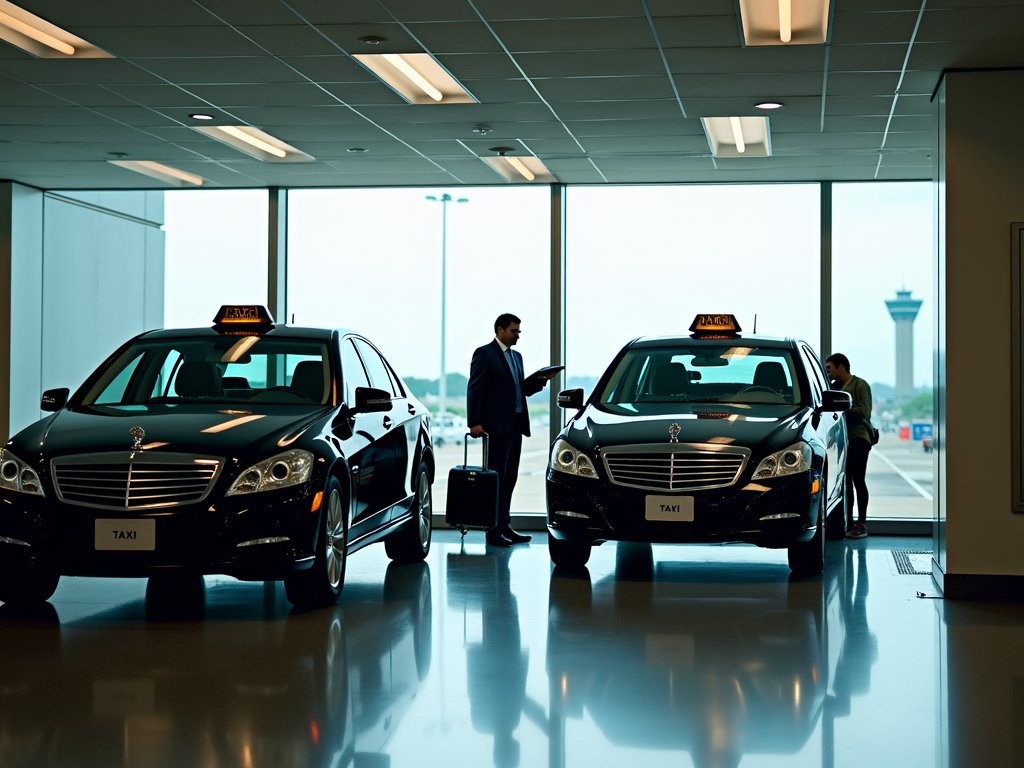
💡 Pro Tips
- Have your hotel or business contact confirm the exact fare before departing the airport
- Keep your passport secured in your hotel safe, carrying only a photocopy while moving around the city
- Ask your driver for their local recommendations on transportation – they often have insider safety tips
Navigating the Caracas Metro System
Surprisingly, one of Caracas' strongest transportation assets is its metro system. Clean, efficient, and remarkably affordable (tickets cost mere cents in USD), the metro provides a reliable backbone for business travel between key commercial districts.
During my sourcing trip to connect with local textile manufacturers, I relied heavily on the metro's Line 1 (red line) which connects many business-friendly areas including Chacao, Altamira, and Los Palos Grandes. The trains run frequently from 5:30 AM to 11:00 PM, with enhanced security at major stations.
However, strategic usage is essential. Based on advice from local business contacts and my own experience, I recommend:
- Travel during business hours: The metro is safest and least crowded between 10:00 AM-4:00 PM.
- Stick to main lines: The four primary lines connect most business districts; transfers at Los Símbolos and La Hoyada stations are well-monitored.
- Travel light: Carry only what you need for meetings in a non-flashy bag.
- Dress like locals: Save the designer labels for private meetings; on public transport, business casual that doesn't scream 'foreign visitor' works best.
One morning, I needed to visit three different fabric suppliers across Chacao and Altamira. The metro saved me both time and money, allowing efficient movement between appointments without the negotiation fatigue that comes with multiple taxi arrangements.
For women business travelers or anyone moving through the system during peak hours, note that the first car of each train is women-only during rush hours – a welcome safety feature that my female colleagues particularly appreciated.
The metro stations themselves often have excellent signage in both Spanish and English, though I found having Google Maps downloaded offline was still helpful for planning optimal exit points near my destinations.
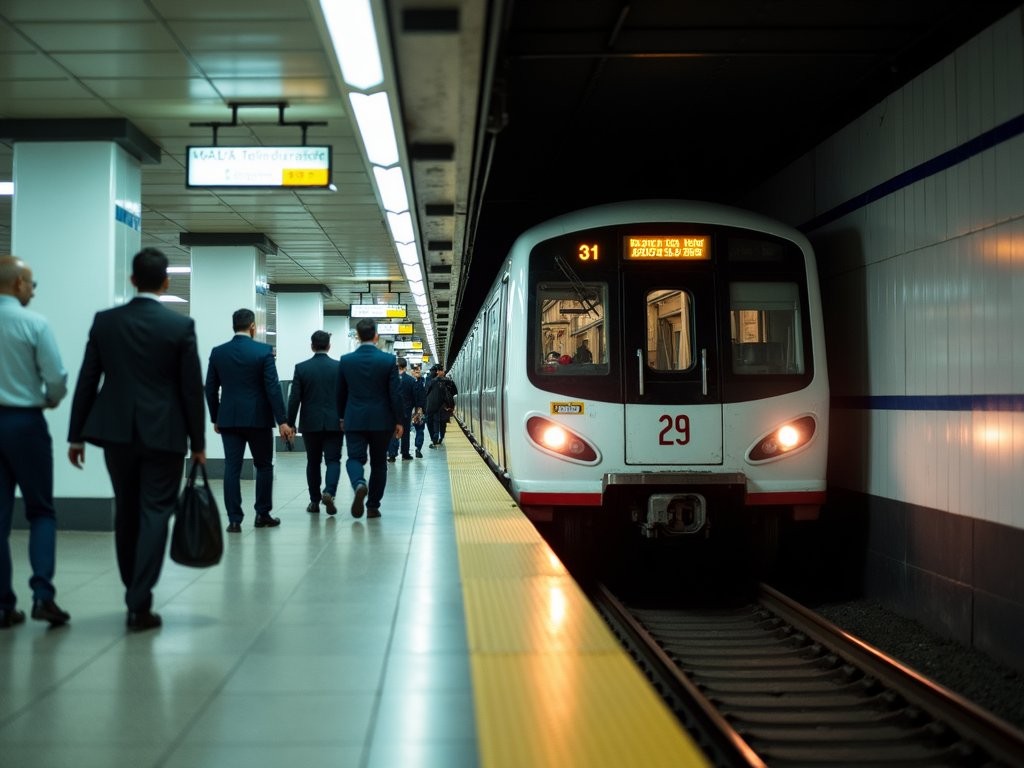
💡 Pro Tips
- Purchase multiple metro tickets at once to avoid repeatedly standing in line
- Keep small denominations of bolivares specifically for metro tickets
- Stand away from doors and keep valuables in front pockets or secure bags
Taxis, Ride-Shares and Private Drivers
When efficiency and direct point-to-point travel matter most, you'll want to understand Caracas' various car service options. This is where the landscape gets particularly nuanced.
Traditional yellow taxis still operate throughout Caracas but come with significant caveats. Unlike the standardized systems you might be accustomed to in fashion capitals like Milan or New York, Caracas taxis rarely use meters, making pre-negotiation essential. During my visit, I quickly learned to establish the fare before entering the vehicle, typically paying between $3-8 USD for cross-district journeys.
A safer alternative that's gained traction is the app-based service Ridery, Venezuela's local equivalent to Uber. The platform provides driver information, estimated fares in both USD and bolivares, and GPS tracking – all crucial safety features. I found the app particularly useful for evening returns to my hotel after business dinners, though connectivity issues occasionally meant waiting longer than the estimated pickup times.
For day-long multiple appointments, consider arranging a private driver through your hotel's concierge service. At roughly $80-120 USD for a full day, this premium option provides both security and efficiency. My most productive day came when I hired a recommended driver who waited while I conducted back-to-back meetings with three different artisanal textile workshops across disparate neighborhoods.
Regardless of which option you choose, I found my portable translator indispensable for clear communication with drivers. This pocket-sized device translated my specific destination instructions in real-time, eliminating confusion about routes and helping negotiate fair prices. The offline functionality proved crucial in areas with spotty data coverage.
A critical safety note: never hail taxis directly from the street, especially after dark. Always call from your hotel, use the app, or have a restaurant call a verified service for you. When entering any vehicle, quickly check that child-safety locks aren't engaged (preventing you from opening doors from inside) and share your trip details with a colleague or your hotel's front desk.
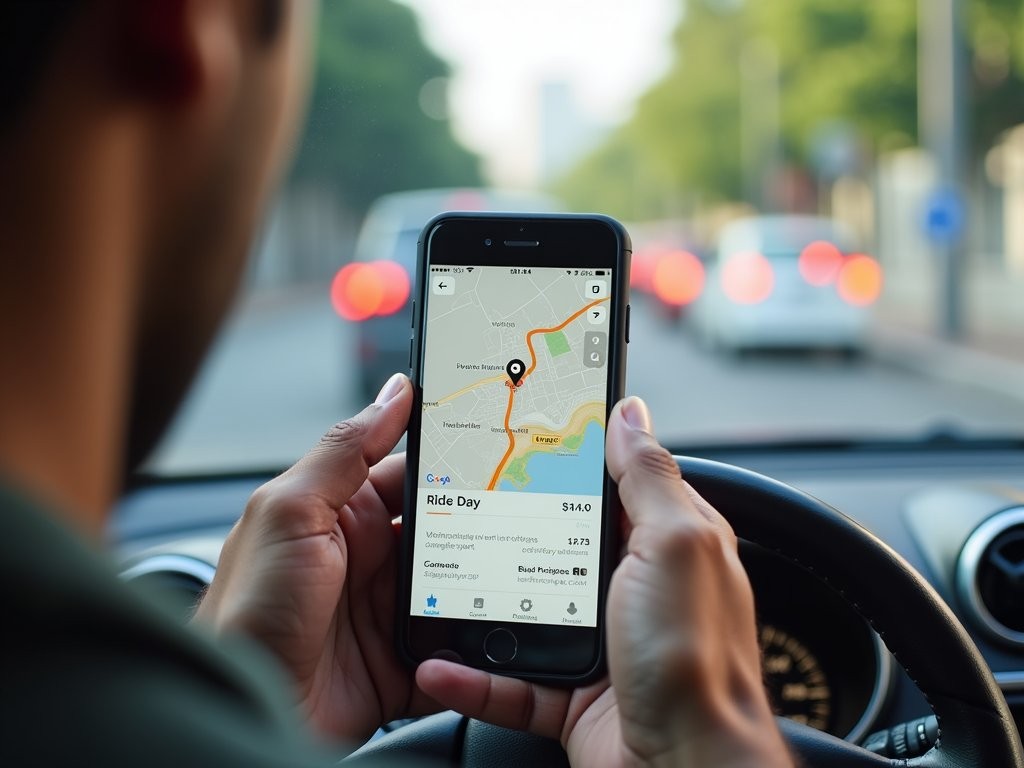
💡 Pro Tips
- Save your hotel's phone number and address in Spanish to show drivers
- Use the 'share trip' feature on ride-sharing apps so colleagues know your location
- Avoid displaying expensive electronics when entering or exiting vehicles
Buses and Public Transportation Alternatives
While Caracas does have an extensive bus network, I'm going to be straight with you – this isn't typically a recommended option for business travelers, especially those unfamiliar with the city. The bus system, including both the standard city buses and the larger MetroBus network, lacks the predictability and security measures that time-conscious business travelers require.
During my week-long stay, I observed the bus system but limited my actual usage to a single carefully researched route along the tree-lined Avenida Francisco de Miranda, one of the city's main commercial arteries. This experience confirmed what local business contacts had advised: the system is complex, overcrowded during peak hours, and requires significant local knowledge to navigate effectively.
For those determined to experience all transportation options, the newer BusCaracas (a Bus Rapid Transit system) offers a slightly more structured alternative with dedicated lanes and formal stations along limited routes. These articulated red buses connect to the metro system at key points and provide a more predictable service than regular buses.
A more practical alternative I discovered mid-week was the network of por puestos – small mini-buses or vans that run set routes indicated by signs in their windows. Local retail professionals I met used these regularly, but they recommended them to visitors only when accompanied by a local who can navigate the informal stop system and handle the payment process.
One transportation bright spot emerged during weekend exploration: the cable car system (teleférico) that connects the city to the mountain peak of El Ávila National Park. While not practical for business transportation, this aerial tramway offered a stunning respite from the urban intensity and provided remarkable city views that gave me a better understanding of Caracas' unique geography and layout. If your schedule permits even a brief recreational break, this system represents the city's more innovative side of public transportation.

💡 Pro Tips
- If you must use buses, ask your hotel to write down your exact destination in Spanish to show the driver
- Avoid carrying anything valuable or using phones visibly on public buses
- Consider group transportation arranged through your business contacts rather than navigating the bus system independently
Walking in Caracas: Where, When and How
Let's address a critical component of any business trip – when and where you can safely navigate Caracas on foot. Unlike my regular sourcing trips to Tokyo or Barcelona where I'll happily clock 20,000 steps exploring retail districts, Caracas demands a more strategic approach to pedestrian movement.
During my winter visit, I identified several business-friendly zones where daytime walking is not only practical but often the most efficient option. The Chacao municipality, particularly around the Las Mercedes and Altamira neighborhoods, features well-maintained sidewalks, visible security presence, and a concentration of business services. Here, walking between nearby meetings or from your hotel to restaurants is generally reasonable during daylight hours.
The tree-lined Plaza Altamira area, with its concentration of banks, offices and upscale retail, became my daytime walking hub. Similarly, the Las Mercedes zone offers walkable streets with business-friendly cafés perfect for informal meetings. The Centro San Ignacio mall complex provided an air-conditioned walking environment with excellent local designer boutiques worth exploring for unique merchandise inspiration.
However, even in these areas, I followed consistent safety protocols:
- Walking with purpose and confidence, avoiding displays of confusion
- Keeping my crossbody bag close to my body on the side away from the street
- Removing unnecessary cards from my wallet and distributing cash in different secured pockets
- Avoiding obvious map-checking or phone navigation in public
This slash-resistant crossbody bag became my daily essential, with locking compartments and RFID-blocking pockets that protected my business essentials while maintaining a low-key appearance. Its understated design didn't mark me as an obvious tourist while still providing crucial security features.
Beyond these specific neighborhoods, I relied on arranged transportation rather than walking. After dark, regardless of neighborhood, I used exclusively hotel shuttles or app-based services rather than walking even short distances. This might seem overly cautious, but local business contacts consistently reinforced these boundaries as best practice rather than unnecessary paranoia.
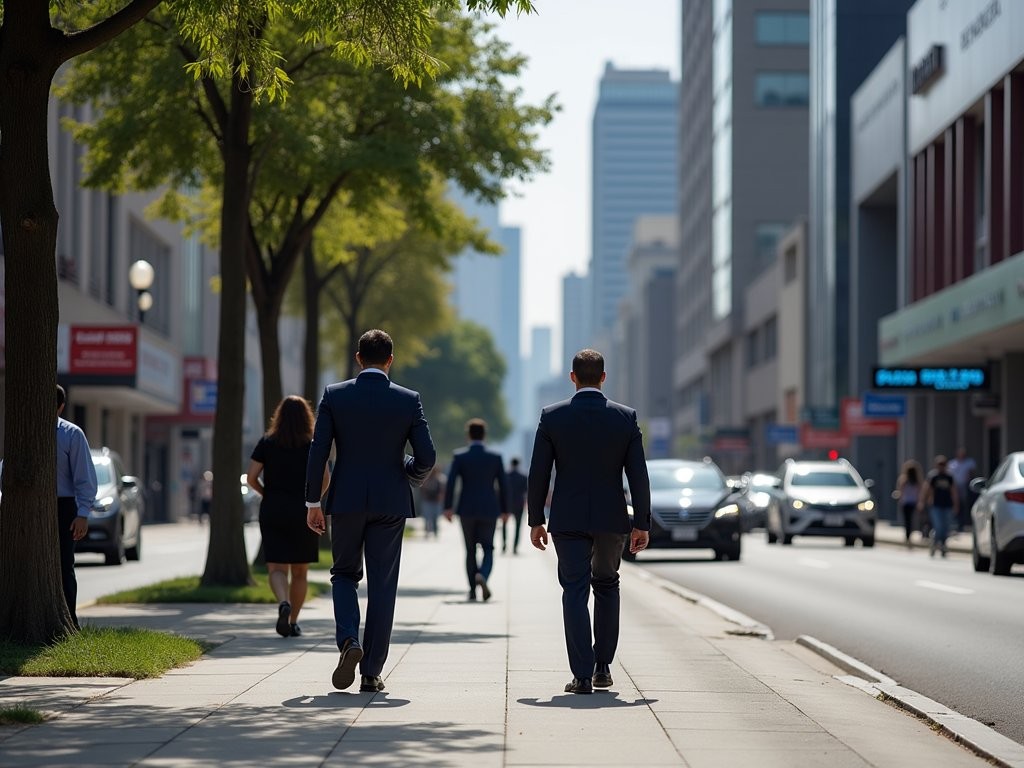
💡 Pro Tips
- Walk only in recommended business districts and preferably with local colleagues when possible
- Memorize your routes before heading out to avoid consulting maps or phones on the street
- Carry a photocopy of your passport rather than the original document when walking around the city
Final Thoughts
Navigating Caracas successfully requires recalibrating your usual travel instincts with a heightened awareness that balances caution with practicality. Throughout my week sourcing local textiles and meeting with manufacturers, I found that transportation choices dramatically impacted both productivity and peace of mind. The city reveals its fascinating contrasts when you move through it strategically – from the surprisingly efficient metro system to the spectacular cable car views that provide literal perspective on this complex urban landscape. While Caracas presents unique challenges, with proper preparation and respect for local conditions, business travelers can navigate the city effectively while discovering the vibrant creative energy and entrepreneurial spirit that continues to thrive here. If your industry brings you to Venezuela's capital, embrace the adventure with eyes wide open, security consciousness at the forefront, and the adaptability that distinguishes experienced global business travelers.
✨ Key Takeaways
- Pre-arrange airport transfers through trusted hotel services rather than accepting random taxi offers
- Utilize the metro system during business hours for efficient movement between commercial districts
- Use app-based ride services like Ridery for added security through driver tracking and upfront pricing
- Limit walking to daylight hours in specific business-friendly neighborhoods like Chacao and Altamira
- Invest in proper anti-theft travel gear that maintains a low-profile appearance
📋 Practical Information
Best Time to Visit
December-March (dry season)
Budget Estimate
$75-100 USD per day for transportation
Recommended Duration
5-7 days
Difficulty Level
Challenging

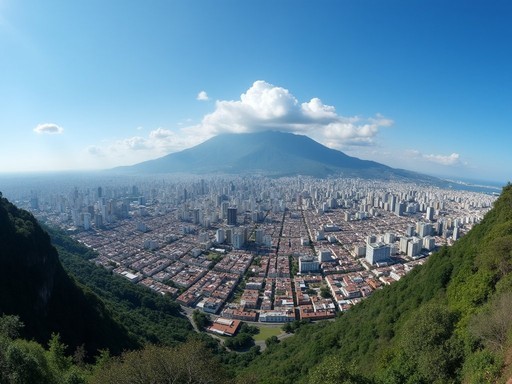







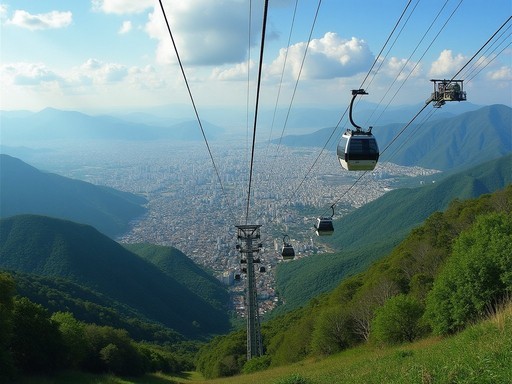
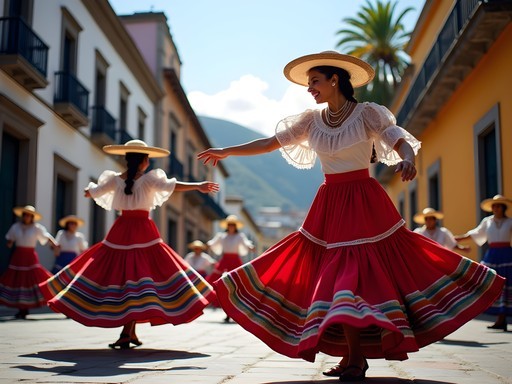
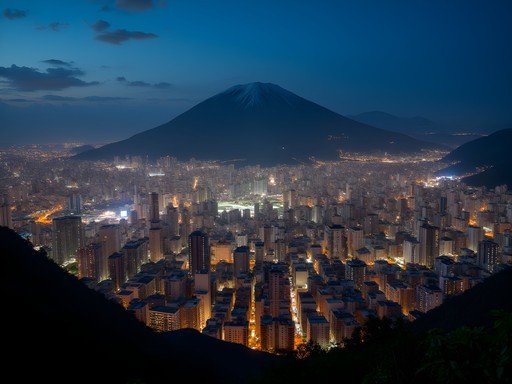

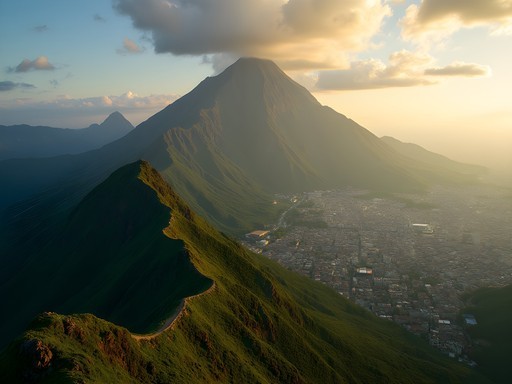
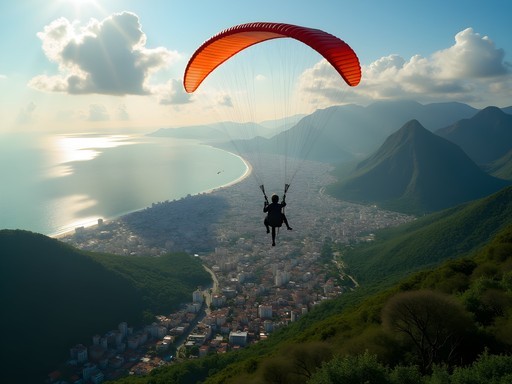


Comments
skylegend
Those mountain views though! 😍 Worth the extra safety precautions!
VenezuelaFan55
Finally an honest post about Caracas transportation! Refreshing to see practical advice instead of just fearmongering.
Jean Wells
An insightful analysis of Caracas transportation, Jose. Having visited 47 countries as a solo traveler, including Venezuela twice in the past decade, I'd emphasize that Caracas requires a different mindset than most Latin American capitals. The metro is surprisingly efficient but station selection matters greatly. I found the yellow line generally well-maintained and monitored. One critical point missing: the dramatic difference between weekday and weekend safety profiles. Certain areas that function perfectly well Monday-Friday become inadvisable Saturday-Sunday. Also worth noting that the currency situation continues to evolve rapidly - I recommend checking with your accommodation about the latest payment expectations for transportation before arrival.
Jose McDonald
Excellent points about the weekday/weekend differences, Jean. That's something I should have emphasized more. The yellow line has indeed seen more security improvements recently.
Jean Wells
Having visited Caracas three times over the past decade, I've observed the gradual deterioration of public transportation safety. Your assessment is spot-on, Jose. I would emphasize that airport transfers are indeed the most critical decision point. During my last visit (2023), I arranged a pickup through my hotel and was charged $45 USD - expensive by local standards but essential for safety. The metro system analysis is particularly accurate. I found Line 1 adequately maintained, but Line 2 had noticeably declined in both cleanliness and security presence. I carried my valuables in a anti-theft crossbody which kept everything secure and wasn't obviously a 'tourist bag'. One additional note: the informal bus system (camionetas) wasn't mentioned, but I'd strongly advise business travelers to avoid these entirely despite their ubiquity. The risk-reward calculation simply doesn't justify their use for visitors unfamiliar with local dynamics.
redlover3194
Jean, how did you handle currency exchange there? I found that incredibly tricky with the official vs black market rates being so different.
Jean Wells
Good question about currency. I primarily used USD cash (small denominations) which is widely accepted. For local currency needs, I exchanged small amounts through my hotel. The rate wasn't optimal, but the security trade-off was worth it. Never exchange on the street!
skyfan
Solid advice! The airport transfer section saved me last week.
redlover3194
I visited Caracas last year for work and can confirm everything in this post. The metro is actually pretty decent during daylight hours, but I wouldn't recommend it after dark. We used a driver recommended by our hotel for most trips and it was worth every penny. The driver knew exactly which areas to avoid and took alternate routes during traffic jams. One tip I'd add: always have small denomination bills for taxis, as drivers often 'can't make change' for larger notes.
bluehero
Did you feel safe walking around certain neighborhoods? Or was it driver everywhere?
redlover3194
Mostly used drivers, but did walk around Altamira and Las Mercedes during daytime with colleagues who knew the area. Definitely wouldn't wander randomly though!
nomadhero
Great post! I'm wondering about using the metro to get to Altamira area - is that considered safe during daytime? Also, do you recommend any specific taxi apps that work well there?
Jean Wells
Not Jose, but I was in Caracas three months ago. The metro to Altamira is generally okay during business hours (8am-6pm), but I'd avoid it after dark. For apps, Ridery worked well for me, and the hotel can usually arrange reliable drivers too. Just make sure you have a way to pay that works in Venezuela - I used my travel card which saved me from carrying too much cash.
nomadhero
Thanks Jean! Really helpful info about Ridery and the payment situation.
Sophia Gomez
Jose, this brings back memories of my business trip to Caracas last year! I was there for a regional marketing conference and your airport transfer advice is spot-on. I pre-arranged a driver through my hotel and it was worth every penny. One thing I'd add - I found having a local contact (my Venezuelan colleague) made a HUGE difference. She helped me navigate which metro stations were safer during different times of day. Also, don't underestimate how much the altitude can affect you if you're walking around - I was constantly out of breath the first two days!
backpackmaster291
Hey Jose, planning to visit Caracas next month. Is it really that dangerous for tourists? Would you recommend staying completely away from public transport? And what about using phones in public - total no-go?
Jose McDonald
It's not about avoiding public transport completely, but being strategic. The metro is generally OK during daylight hours in central areas. For phones - I'd avoid using them openly on streets, but they're fine inside restaurants, malls, etc. Most important thing is arranging safe airport transfer in advance!
backpackmaster291
Thanks for the quick reply! Will definitely arrange that airport pickup ahead of time. Any specific neighborhoods you'd recommend staying in?
Jose McDonald
Altamira, Las Mercedes, and Chacao are generally considered safer areas with good hotel options. Stay where other business travelers do and you'll be fine!
bluewanderer
Wow, this is EXACTLY what I needed! I'm heading to Caracas for work next month and was super nervous about transportation. Bookmarking this guide!
Jose McDonald
Glad you found it helpful! Feel free to message me if you have any specific questions before your trip.
bluewanderer
Thanks so much! Will definitely take you up on that offer.
Venture X
Premium card with 2X miles, $300 travel credit, Priority Pass